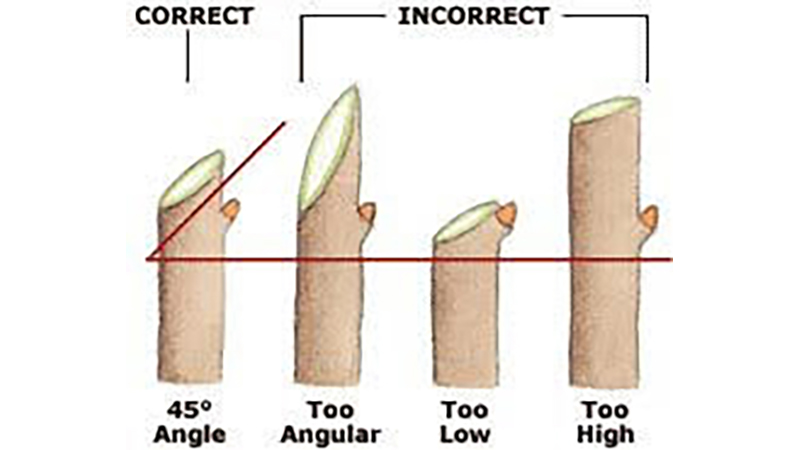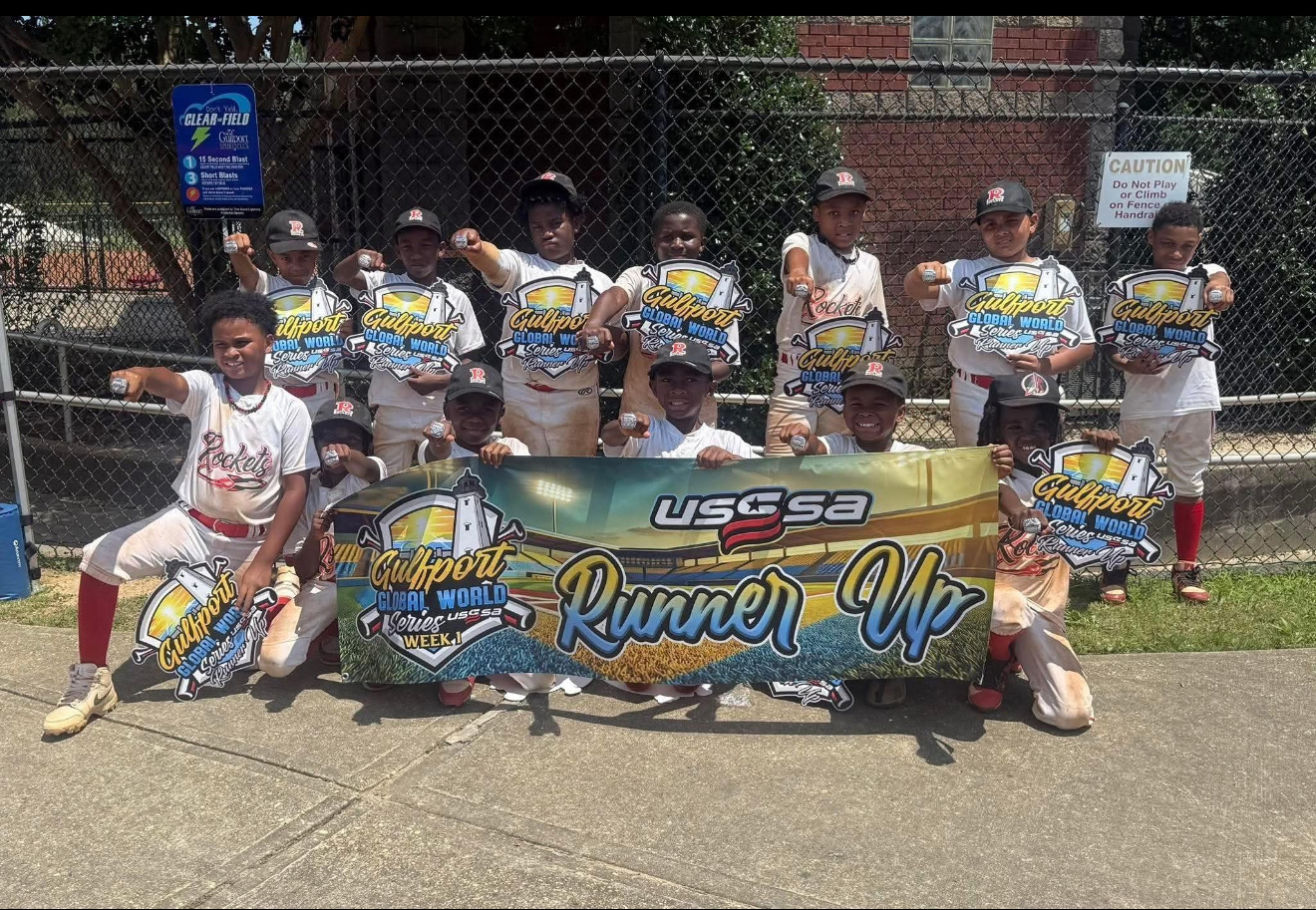Tree topping – Yes or No?
Published 12:00 am Saturday, May 1, 2021
|
Getting your Trinity Audio player ready...
|
Since the winter storm, a lot of people have asked what to do about their trees. Some want to top their trees.
Many people have the misconception that cutting the main branches of a tree back to stubs in an effort to reduce the height is the proper way to prune. In reality, the cutting of a tree back to stubs permanently disfigures and actually weakens a tree.
There are some tree service companies that promote and practice this drastic form of “pruning.” Apparently, a short tree is thought to be safer and healthier than a tall tree regardless of how the result is attained. In fact, topping a tree in this manner is one of the worst things man can do to trees.
In addition to the unsightly appearance, topping directly results in several other problems for trees, the most severe being internal decay. When a branch is correctly pruned at its point of attachment to the trunk just outside of the branch collar and the branch bark ridge, internal decay is usually stopped from progressing into the trunk by a barrier inside the collar. Also, a correct cut results in more rapid wound closure by callus tissue so that the bark’s continuity is eventually re-established. Branch stubs produced by topping harbor decay fungi which eventually break down the barrier in the collar and then proceed into the trunk. Whenever a cut is made in the main leader by topping, there is nothing to prevent decay from developing in the trunk. The tree may be structurally weakened, and its useful life span reduced. Other adverse effects of topping are:
- Topping removes a major portion of a tree’s leaves which are necessary for the production of carbohydrates.
- Once-shaded bark in the canopy becomes scalded by exposure to direct sunlight.
- Stubs are likely to attract wood-boring insects.
- Stubbing stimulates the development of watersprouts just below the cut. These shoots grow rapidly, causing a topped tree to grow back to its original height faster and denser than a properly pruned tree. The watersprouts are also weakly attached and are easily broken off in storms.
If the height of a tree has to be reduced because of storm damage or interference with electrical wires, it can be correctly done by a method called crown reduction or drop crotch pruning. The procedure involves the removal of a main leader or main branch at the point of attachment of a lateral branch. The final cut should be parallel to the lateral branch bark ridge without cutting into the bark ridge. The lateral branch should be at least one-third the size of the branch or leader that is being removed.”
THINGS TO DO:
- Do approach the tree and look for any limbs that might be a hazard to someone underneath it or to a building/structure nearby. Broken branches, weak branches, narrow crotch angles, and other obvious faults should be identified. First and foremost, these limbs should be taken care of.
- Do remove any dead or dying material on the tree.
- Do remove limbs that are rubbing each other or cross over one another. Limbs that rub will develop wounds that attract insects and diseases.
- Do remove excessive vertical sprouts. Some may need to be left in place to encourage caliper growth.
- Do prune to encourage fruiting. In the case of fruit trees, thinning out of limbs will allow allocation of nutrients, etc., for fruit production. In addition, practices such as open-center pruning allow sunlight penetration for fruit ripening.
- Do choose to keep branches with wide crotch angles. Wide crotch angles are generally from 40 to 90 degrees and are very strong as a result of being composed of solid wood. Narrow crotch angles are less than 40 degrees and contain a bark inclusion that causes them to be very weak. Narrow crotch angles should preferably be pruned out while the tree is still young. In older, established trees, bracing and cabling may be the only resort.
- Prune the tree to your liking. There are many different ways that one particular tree may be pruned. Even experts will have differing opinions on which branches to remove. The bottom line: whatever you like is what you should do, so long as you utilize proper cutting techniques and pruning methods.
- Do keep in mind you should always have a reason for every cut made.
Submitted by Orange County Texas Master Gardeners. For information click here.





